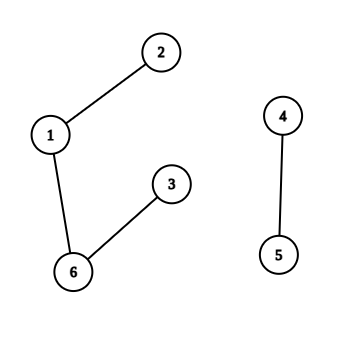Preparando MOJI
Last summer, Feluda gifted Lalmohan-Babu a balanced bracket sequence $$$s$$$ of length $$$2 n$$$.
Topshe was bored during his summer vacations, and hence he decided to draw an undirected graph of $$$2 n$$$ vertices using the balanced bracket sequence $$$s$$$. For any two distinct vertices $$$i$$$ and $$$j$$$ ($$$1 \le i < j \le 2 n$$$), Topshe draws an edge (undirected and unweighted) between these two nodes if and only if the subsegment $$$s[i \ldots j]$$$ forms a balanced bracket sequence.
Determine the number of connected components in Topshe's graph.
See the Notes section for definitions of the underlined terms.
Each test contains multiple test cases. The first line contains a single integer $$$t$$$ ($$$1 \le t \le 10^5$$$) — the number of test cases. Description of the test cases follows.
The first line of each test case contains a single integer $$$n$$$ ($$$1 \le n \le 10^5$$$) — the number of opening brackets in string $$$s$$$.
The second line of each test case contains a string $$$s$$$ of length $$$2 n$$$ — a balanced bracket sequence consisting of $$$n$$$ opening brackets "(", and $$$n$$$ closing brackets ")".
It is guaranteed that the sum of $$$n$$$ over all test cases does not exceed $$$10^5$$$.
For each test case, output a single integer — the number of connected components in Topshe's graph.
41()3()(())3((()))4(())(())
1 2 3 3
Sample explanation:
In the first test case, the graph constructed from the bracket sequence (), is just a graph containing nodes $$$1$$$ and $$$2$$$ connected by a single edge.
In the second test case, the graph constructed from the bracket sequence ()(()) would be the following (containing two connected components):

Definition of Underlined Terms: